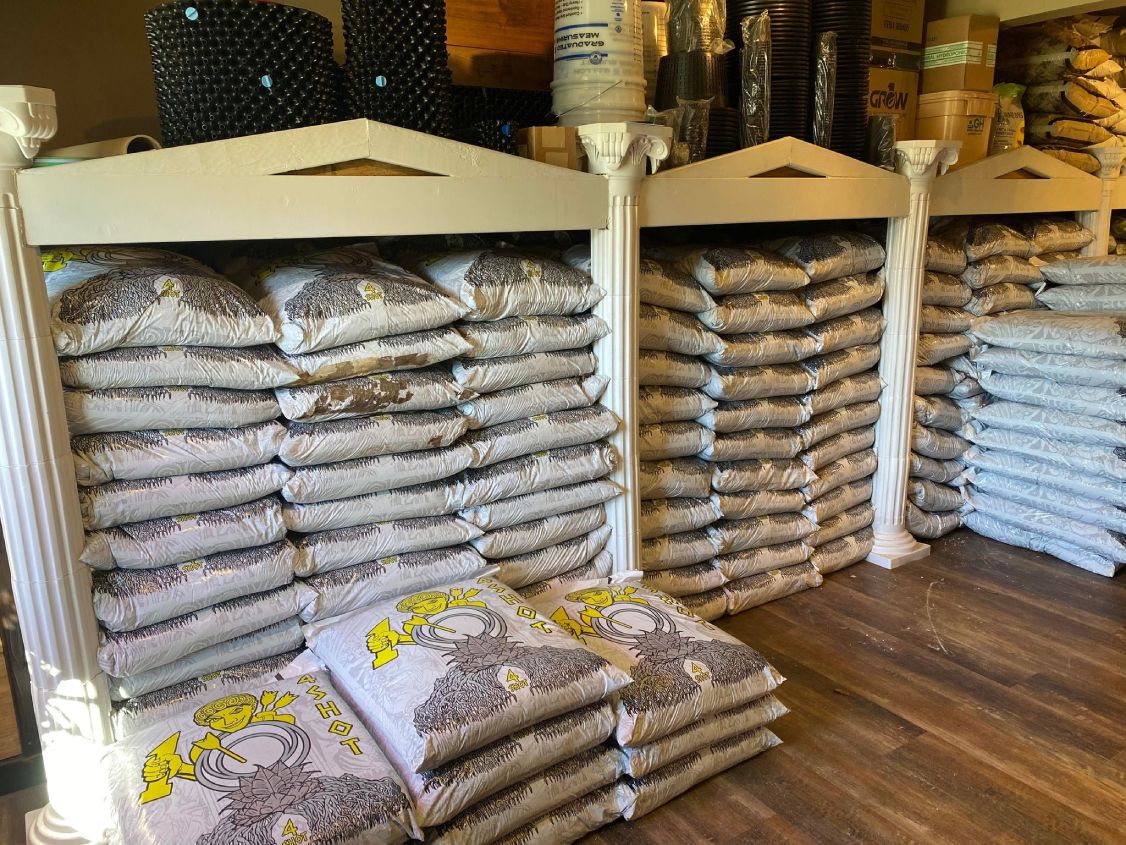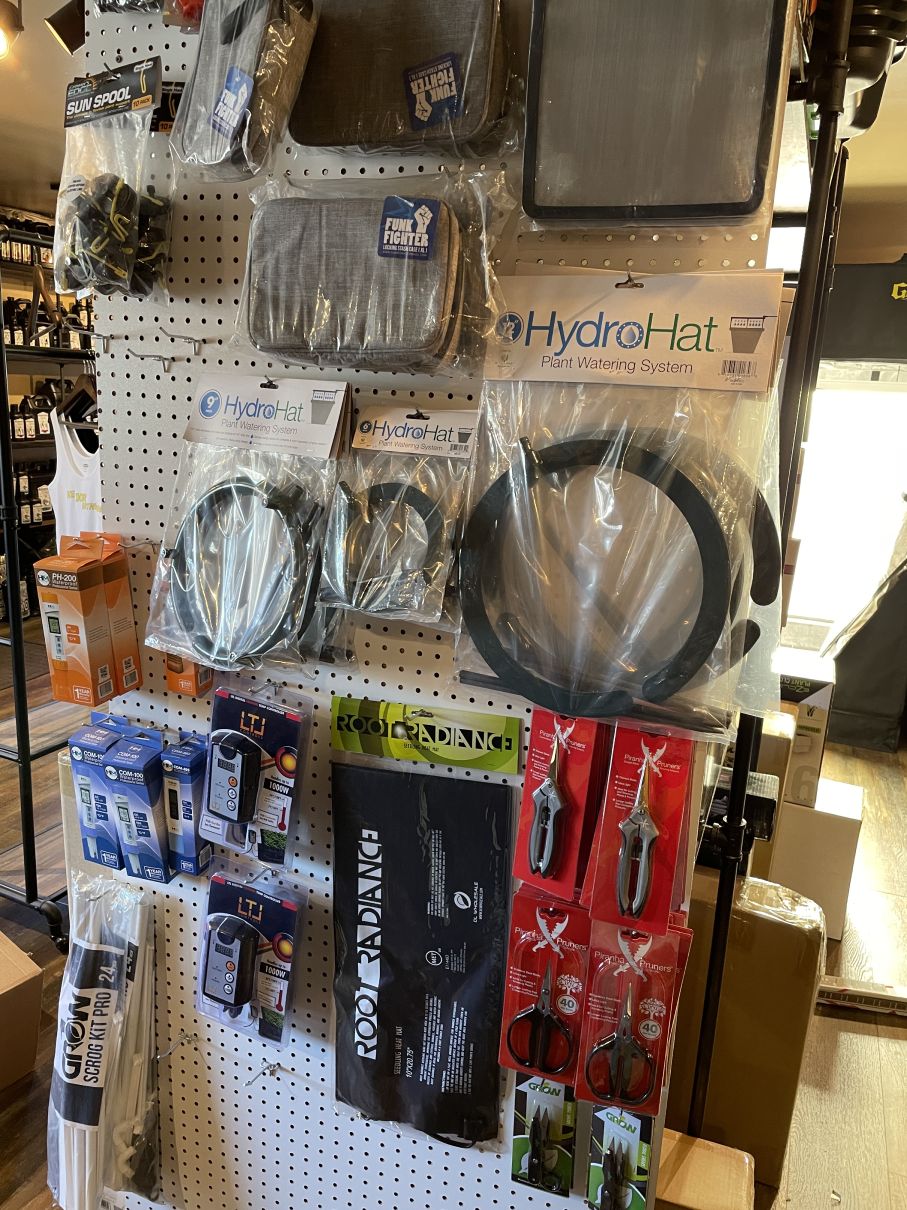Unlocking the Potential of Hydroponics: Recognizing Its Utilizes and Various Kinds
Hydroponics, a technique of cultivating plants without soil, has actually amassed increasing focus for its possible to reinvent agriculture and cultivation practices. As we navigate with the detailed landscape of hydroponic systems and techniques, it becomes obvious that each method holds unique benefits and restrictions.
Advantages of Hydroponic Equipments

One more benefit of hydroponic systems is the ability to grow plants in a smaller sized area. By getting rid of the demand for dirt, plants can be grown vertically or in piled systems, optimizing using offered room. This is particularly valuable in city areas or areas with minimal arable land. Furthermore, hydroponic systems minimize the risk of soil-borne diseases and pests, as there is no soil to harbor these threats. This causes much healthier plants and decreases the need for harmful pesticides, making hydroponic farming a more lasting and ecologically friendly choice.
Usual Uses in Agriculture

Provided the reliable water conservation and space-saving advantages of hydroponic systems, it is noticeable that these innovative agricultural approaches have actually located common uses in numerous industries of farming. The controlled setting of hydroponic systems enables year-round cultivation, giving a regular supply of fresh produce regardless of outside weather condition conditions.
Hydroponics is frequently utilized for expanding a range of crops, consisting of leafed environment-friendlies, tomatoes, cucumbers, strawberries, peppers, and natural herbs. Its convenience encompasses upright farming, urban farming, and greenhouse manufacturing. Additionally, hydroponic systems are used in research and educational settings to study plant nutrition, growth, and farming strategies. The versatility and efficiency of hydroponics make it a beneficial device in contemporary agriculture, addressing the challenges of sustainability, food safety, and resource optimization.
Checking Out Various Hydroponic Techniques
What are the numerous ingenious techniques utilized in hydroponics to improve plant farming efficiency and yield? Hydroponic systems supply a variety of methods that accommodate various plant types and growing goals. One popular method is the Deep Water Society (DWC) system, where plant origins are submerged in a nutrient remedy, supplying ample oxygen and nutrients. One more widely made use of approach is the Nutrient Film Method (NFT), which includes a superficial stream of nutrient solution moving over the plant roots, promoting water and nutrient uptake. Furthermore, the Ebb and Circulation system, additionally called the Flooding and Drainpipe system, periodically floods the plant origins with nutrient option, enabling oxygenation throughout draining pipes periods. Aeroponics is an additional cutting-edge strategy that includes misting plant origins see with a nutrient solution, optimizing oxygen absorption and nutrient uptake. Each of these methods my company showcases the flexibility and effectiveness of hydroponic systems in boosting crop development and return.
Contrasting Various Hydroponic Systems
Exploring the efficiency and yield improvement techniques in hydroponics leads us to contrast various hydroponic systems readily available for crop growing. Each hydroponic system has its distinct attributes, benefits, and limitations, making it crucial for growers to select the most appropriate system based on their specific needs and restraints.
One of the most typical hydroponic systems is the nutrient film strategy (NFT), where a thin film of nutrient service constantly moves over the plant origins. In contrast, the deep water society (DWC) system submerges plant roots straight right into the nutrient remedy, supplying ample oxygen and nutrients.
An additional popular hydroponic system is the ebb and flow (or flood and drain) system, which occasionally floodings the plant origins with nutrient service before draining it. This cyclic you could try here procedure ensures appropriate aeration for the origins while supplying nutrients effectively. In addition, the aeroponic system puts on hold plant origins airborne and mists them with a nutrient solution, promoting rapid growth and high oxygenation levels. Cultivators seeking a versatile system that reduces water usage usually select aeroponics. By comprehending the distinctions in between these hydroponic systems, farmers can make educated decisions to make the most of plant yield and high quality.
Innovations in Hydroponic Modern Technology
With advancements in hydroponic modern technology, the agricultural sector is experiencing a shift towards much more lasting and efficient farming approaches. Developments in hydroponic technology are changing the means plants are grown by maximizing returns, conserving sources, and reducing environmental impact. One crucial advancement is the growth of smart hydroponic systems that make use of sensors and automation to keep an eye on and adjust ecological problems such as pH levels, nutrient focus, and light exposure in real-time. These systems enable precise control over expanding problems, causing optimal plant growth and greater crop returns.
An additional significant improvement is the integration of upright farming strategies with hydroponic systems, permitting the farming of crops in stacked layers. This upright strategy takes full advantage of space use, making it suitable for city atmospheres where land availability is restricted - The Indoor Earthworm. Furthermore, making use of advanced LED lights systems customized to certain plant needs has actually enhanced power efficiency and boosted growth rates in hydroponic arrangements
Innovations like these are driving the development of hydroponics, making it a highly eye-catching and sustainable alternative for modern-day farming.
Verdict
To conclude, hydroponics provides many benefits in agriculture and has various techniques and systems that can be utilized to optimize its capacity. Advancements in hydroponic innovation remain to improve performance and sustainability in food manufacturing. By understanding the usages and various kinds of hydroponic systems, farmers and farmers can open the complete possibility of this innovative approach of growing plants without dirt.
Furthermore, hydroponic systems permit for far better control over nutrient levels, pH balance, and environmental problems, leading to much healthier plants and greater returns.
